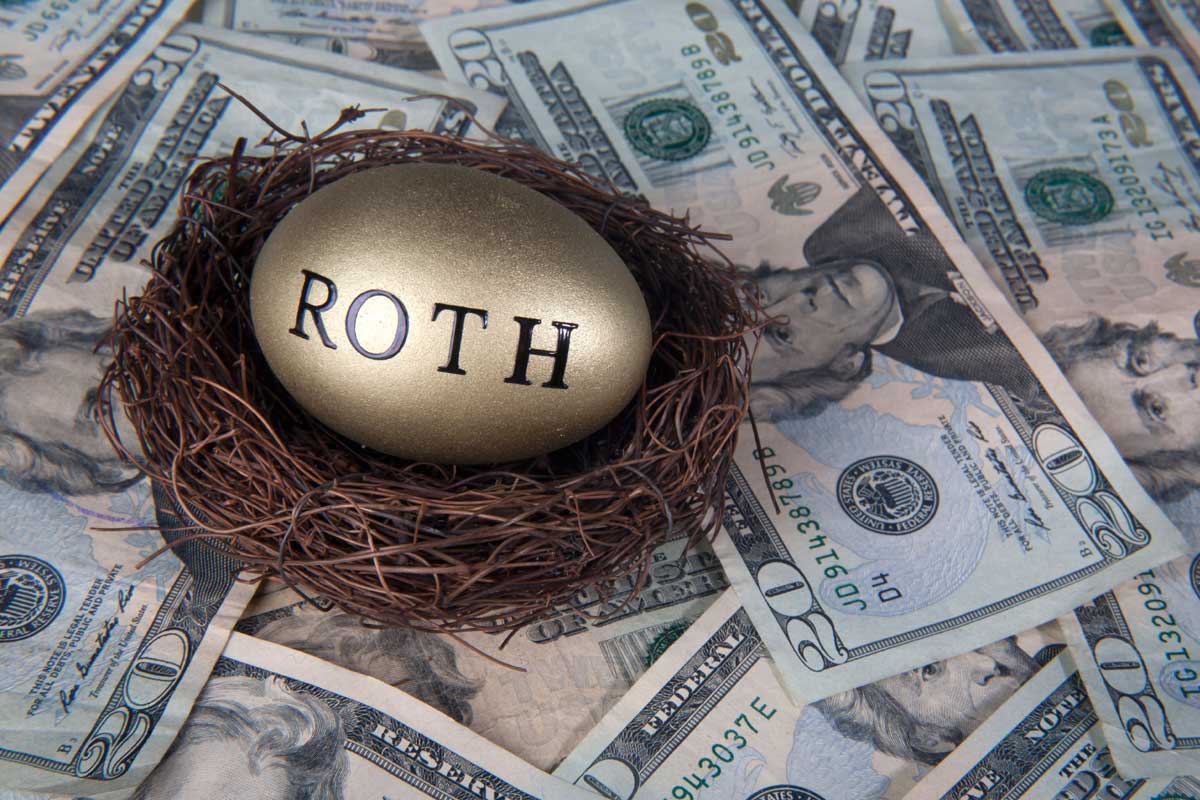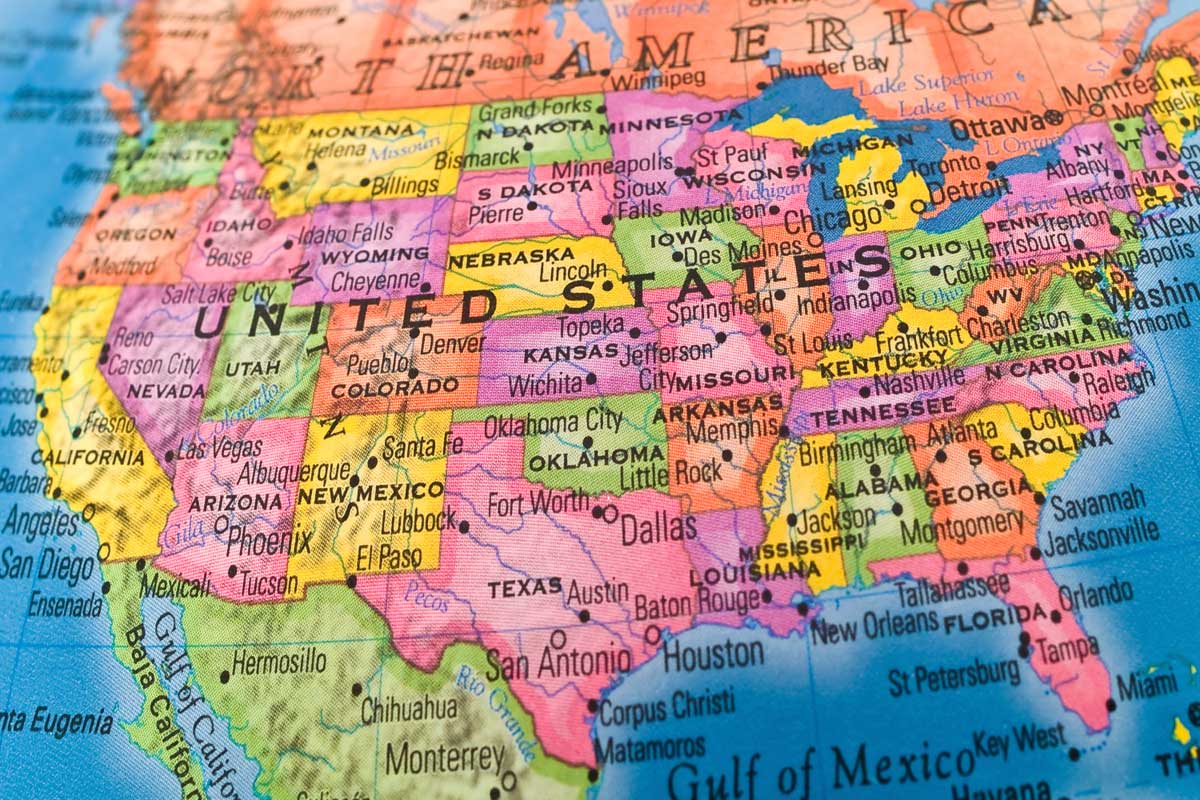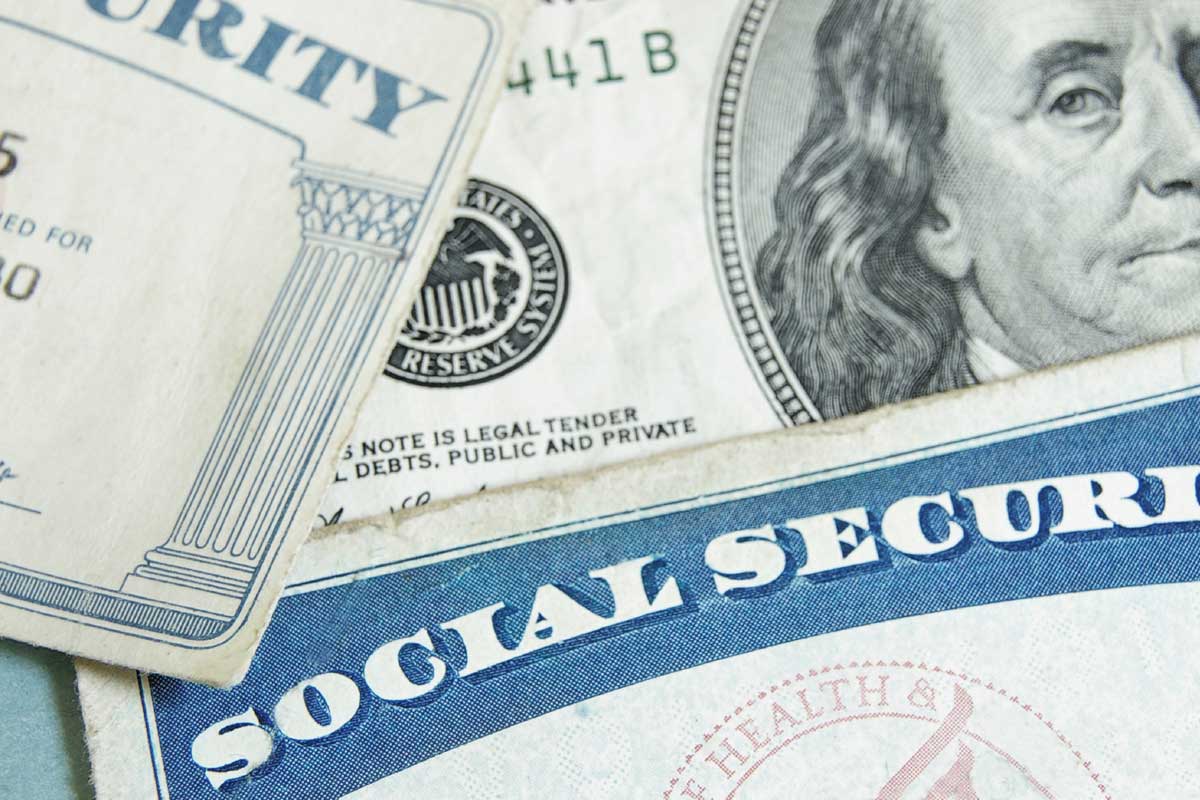6 Savvy Moves to Stretch Your Retirement Savings
Starting a nest egg is pretty simple.


Starting a nest egg is pretty simple. You set aside part of your paycheck in either an employer-sponsored retirement plan or a retirement account that you set up on your own, such as an IRA. In a recent Wells Fargo survey of middle-class Americans, who had a median household income of $63,000, 70% of respondents reported having a company retirement plan. Of those people, 93% contributed to their company plan.
But as you move through the middle of your career and see the end of your working years coming into view, you may wonder what you can do to supersize your nest egg and ensure that your pot of hard-earned money will last throughout your retirement years. The good news? There are levers you can pull to help boost the chances that your nest egg will stretch for decades. Take a look at these six strategies to see if any of them are right for you.

Make Use of Catch-Up Contributions
The bedrock of building a longlasting nest egg: Save as much as you can. Workers younger than 50 can stash away $17,500 in a 401(k) in 2014 and $18,000 in 2015. For both 2014 and 2015, you can also contribute up to $5,500 to an IRA.
And starting in the year you turn 50, the IRS lets you put even more away for retirement. You can make "catch up" contributions of $5,500 to a 401(k) and $1,000 to an IRA for 2014; for 2015, the IRA catch-up is the same, but it rises by $500 for the 401(k).
A 50-year-old who puts in the maximum $24,000 into his 401(k) in 2015 will see that contribution grow to nearly $57,520 by age 65 if the money earns 6% annually. "If you really want to be aggressive and put in the max to the 401(k) and the IRA, you could put about $30,000 into retirement accounts per year," says Travis Sollinger, director of financial planning for Fort Pitt Capital Group, in Pittsburgh. "Using catch-up contributions can help boost your numbers quite a bit."
Supersavers who are able to max out contributions to those accounts and want to stash away more could turn to taxable accounts and variable annuities. Self-employed workers have some special savings options, such as the solo 401(k) and SEP IRA.

Cut Uncle Sam Out of Your Nest Egg
For those who expect their tax rate to jump in future years, consider contributing after-tax money now to a Roth IRA or Roth 401(k) if you are eligible, says Joe Franklin, president of Franklin Wealth Management, in Hixson, Tenn. At retirement, Roth accounts provide a tax-free stream of income. "Paying taxes now and letting the money grow tax-free tend to be more beneficial than the tax deduction" of contributing pretax money, he says.
You might also consider converting money from a traditional IRA to a Roth IRA. Converting deductible contributions to a Roth IRA means you'll owe tax on the money. But by paying Uncle Sam now, you're cutting him out later. If at retirement you expect to be in the 25% federal tax bracket, you'll owe $2,500 to Uncle Sam when you take $10,000 out of a traditional IRA (assuming you have no nondeductible contributions). However, if you are currently in the 15% bracket, converting $10,000 into a Roth would mean you'd owe a $1,500 tax bill to Uncle Sam now. But in retirement, you could tap that $10,000 plus its earnings tax-free.
Convert strategically to minimize the amount of tax you'll owe on your Roth conversion. For example, consider converting only an amount that will take you to the top of your current tax bracket. Convert too much and you could push yourself into a higher tax bracket, Franklin says. Also, if you hold nondeductible IRA contributions, part of your conversion will be tax-free, depending on the ratio of those contributions to your overall IRA assets.

Keep Working
Staying in the workforce gives you a double benefit, says Sollinger: "You are not taking money out, and you can still put money in." The longer you stay in the workforce, the fewer retirement years you'll have to fund. Retire at 68 instead of 62, and that's six years in which you'll have an employer paycheck to cover expenses and you can continue to contribute to your retirement accounts.
But continuing to work doesn't mean you have to stay in the same job. Many would-be retirees instead turn to "encore" careers, putting their skills to work in a field they may not have considered previously or choosing to pursue a long-held passion. Switching to part-time work is another option. You will have more time for yourself, but you'll still earn some income to cover expenses and help you avoid dipping into your nest egg. "Your portfolio won't have to work quite as hard," says Sollinger.

Retire to a Tax-Friendly State
It's not just Uncle Sam you need to worry about, it's the state tax bite, too. When it comes to how big that state tax bite might be, it's all about location, location, location. Seven states have no state income tax at all, and two states tax only dividends and interest. Many other states have retirement-income exemptions. The most generous exclude all retirement income from state tax; others exempt a certain amount that could run into the thousands of dollars or just a couple of hundred. The sources of retirement income can matter, too. Some states will exempt private pensions, while others exempt public pensions. Some will exempt distributions from retirement accounts, such as 401(k)s and IRAs, and many exempt Social Security. But some states will tax most any type and amount of retirement income.
Use our Retiree Tax Map to see how your state and other states tax retirement income. The map has a tool that lets you quickly compare as many as five states against each other at once. And consult our rankings of the top ten most tax-friendly states for retirees and the top ten least tax-friendly states for retirees. You might find that moving to a new state could lessen the state tax bite and help your nest egg survive your retirement.

Employ the ‘Bucket’ Strategy
As you get nearer to retirement, consider divvying up your money into "buckets." The idea is to set aside money to cover retirement expenses for a set amount of time in separate buckets, with each bucket holding increasingly more aggressive investments for the years that are farther in the future.
For example, if you're planning for a 25-year retirement, you could divide your assets into five buckets, with each bucket holding five years' worth of assets. The bucket for your first five years of retirement would hold the least-risky investment classes, such as money market funds and short- to intermediate-term bond funds. Each successive bucket would hold slightly more-aggressive investment classes, with the last bucket holding the most-aggressive investments, such as stocks. Because you wouldn't be tapping that bucket for 25 years, the money would have time to ride out the market's ups and downs.
Once you use up a bucket, you refill it with the assets from the next one, dialing the risk level of the assets downward as you move through the buckets. This strategy ensures you have the cash you need for current expenses while giving longer-term money the chance to earn higher rates of return.

Delay Social Security
You can delay Social Security benefits to boost the monthly payment you'll receive. The more income you can get from Social Security, the less you'll need to withdraw from your portfolio in the long run -- and those benefits are adjusted for inflation every year for the rest of your life.
Waiting to claim until you reach full retirement age -- which ranges from 66 to 67, depending on the year you were born -- gives you 100% of your benefit. If you claim Social Security before you reach your full retirement age, your benefits will be reduced. For example, if your full retirement age is 66 but you take benefits at age 62 when you first become eligible, you'll get only 75% of your full-retirement-age benefit every month for as long as you live. (If your full retirement age is 67, you'll get only 70% of your full benefit at age 62.)
If you can wait past full retirement age to take benefits, you can get even more money. You'll earn 8% a year in delayed-retirement credits for each year you wait, up to age 70. If you were to receive $2,000 a month at age 66, for example, by waiting until age 70 you would get an extra $640 a month for the rest of your life, plus accumulated cost-of-living adjustments.
Get Kiplinger Today newsletter — free
Profit and prosper with the best of Kiplinger's advice on investing, taxes, retirement, personal finance and much more. Delivered daily. Enter your email in the box and click Sign Me Up.

-
 Designing Your 'Immortal' Financial Plan
Designing Your 'Immortal' Financial PlanExplore an approach that offers solutions for those navigating the intersection of longevity, fulfillment and financial security.
By Dennis McNamara
-
 How to Protect Your Privacy While Using AI
How to Protect Your Privacy While Using AIHow to keep your information and finances safe while using AI, including ChatGPT and Perplexity.
By Bob Haegele
-
 What to Do With Your Tax Refund: 6 Ways to Bring Growth
What to Do With Your Tax Refund: 6 Ways to Bring GrowthUse your 2024 tax refund to boost short-term or long-term financial goals by putting it in one of these six places.
By Rachael Green
-
 What Does Medicare Not Cover? Eight Things You Should Know
What Does Medicare Not Cover? Eight Things You Should KnowHealthy Living on a Budget Medicare Part A and Part B leave gaps in your healthcare coverage. But Medicare Advantage has problems, too.
By Donna LeValley
-
 12 Great Places to Retire in the Midwest
12 Great Places to Retire in the MidwestPlaces to live Here are our retirement picks in the 12 midwestern states.
By Stacy Rapacon
-
 10 Cheapest Small Towns to Live In
10 Cheapest Small Towns to Live InThe cheapest small towns might not be for everyone, but their charms can make them the best places to live for plenty of folks.
By Dan Burrows
-
 15 Reasons You'll Regret an RV in Retirement
15 Reasons You'll Regret an RV in RetirementMaking Your Money Last Here's why you might regret an RV in retirement. RV-savvy retirees talk about the downsides of spending retirement in a motorhome, travel trailer, fifth wheel or other recreational vehicle.
By Bob Niedt
-
 The Cheapest Places To Retire in the US
The Cheapest Places To Retire in the USWhen you're trying to balance a fixed income with an enjoyable retirement, cost of living is a crucial factor to consider.
By Stacy Rapacon
-
 The Six Best Places to Retire in New England
The Six Best Places to Retire in New Englandplaces to live Thinking about a move to New England for retirement? Here are the best places to land for quality of life, affordability and other criteria.
By Stacy Rapacon
-
 13 Smart Estate Planning Moves
13 Smart Estate Planning Movesretirement Follow this estate planning checklist for you (and your heirs) to hold on to more of your hard-earned money.
By Janet Kidd Stewart
